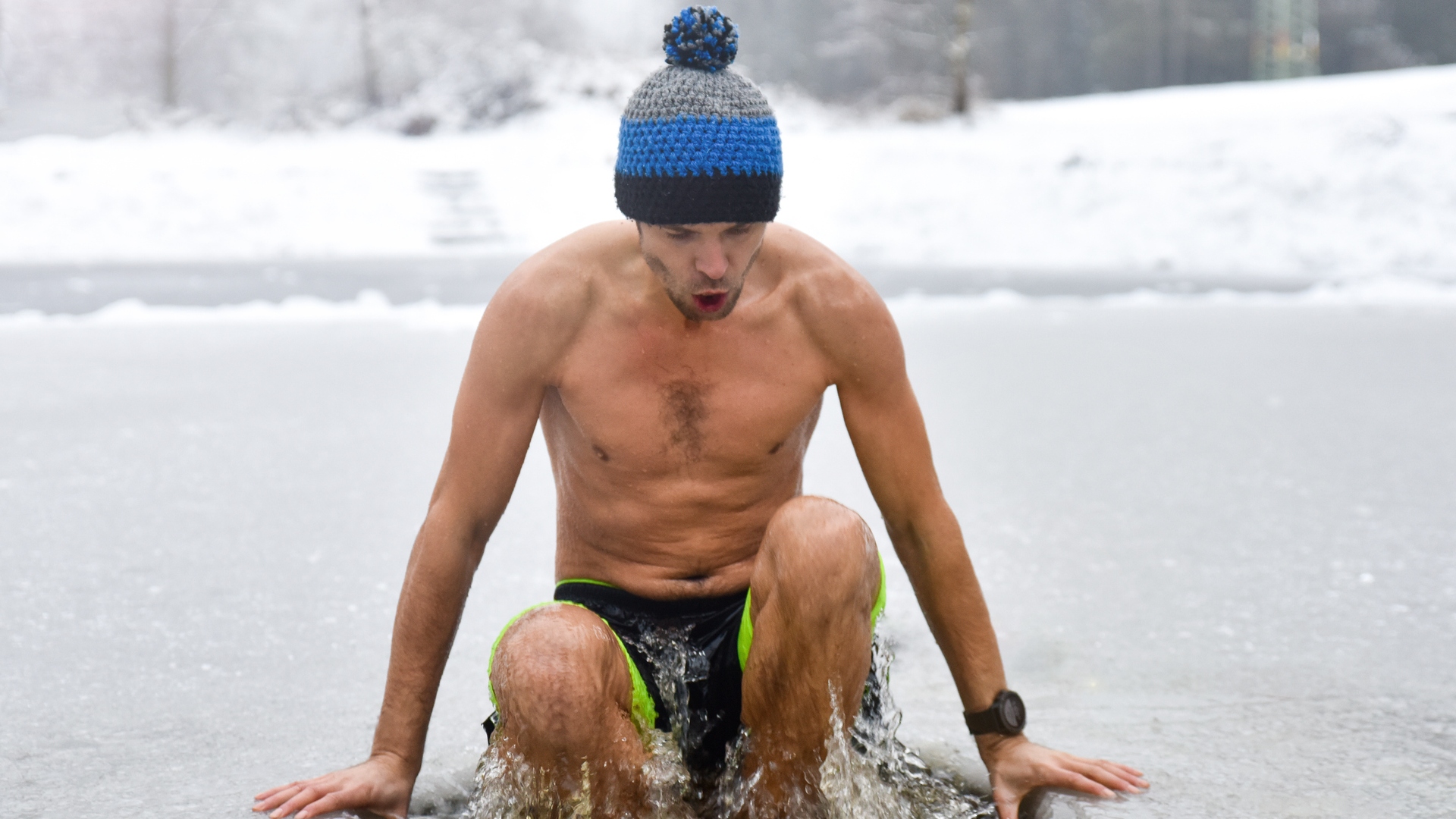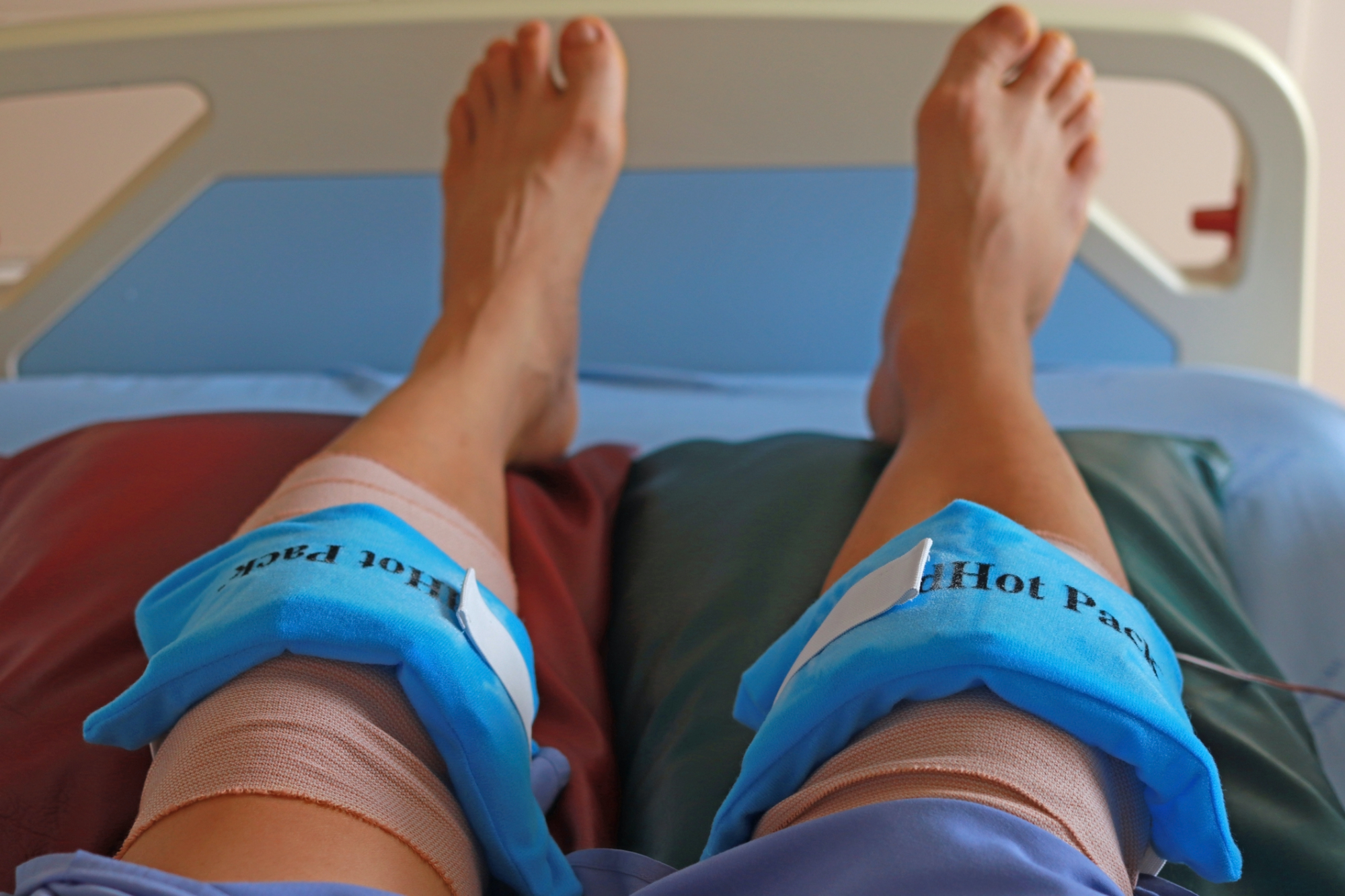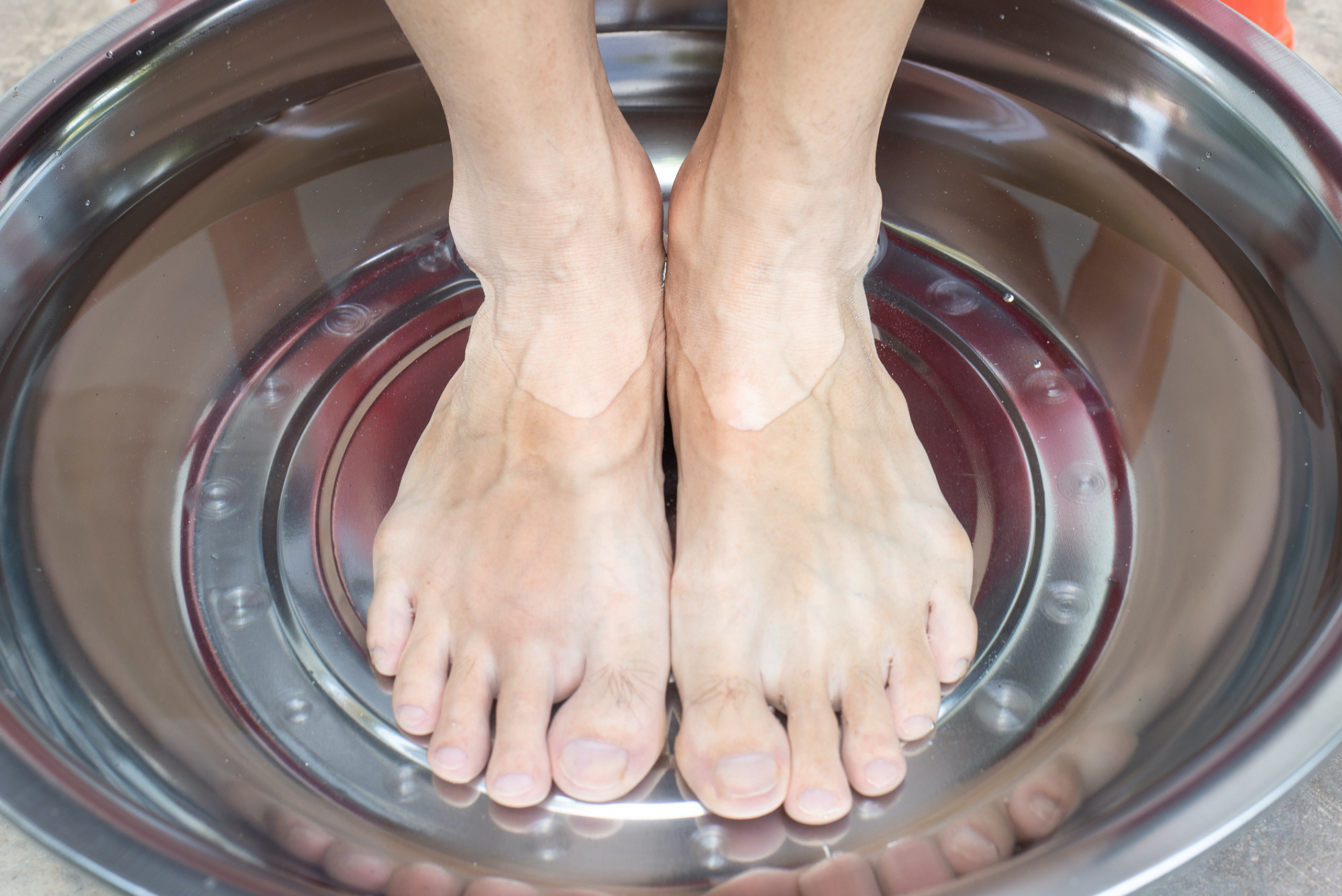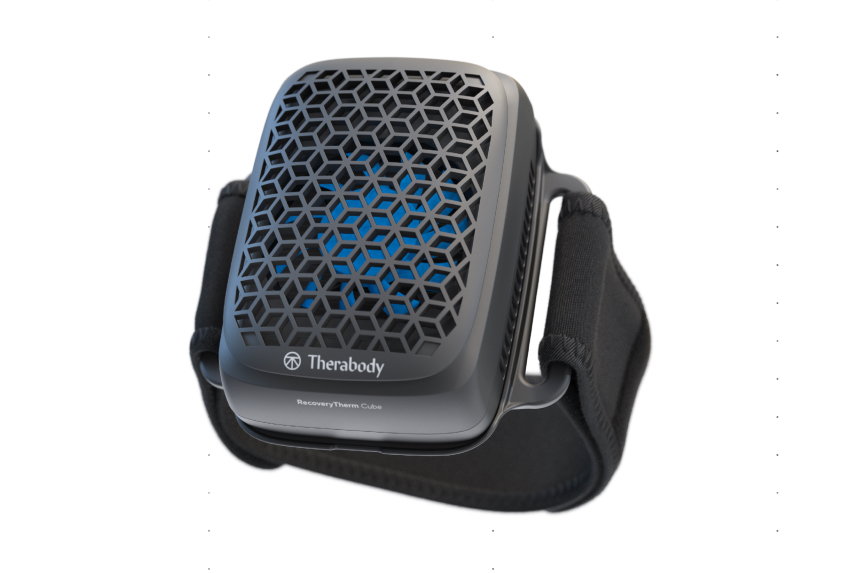I'm a cycling injury expert, and here's what I think of hot and cold therapy
People have been using heat and cold to treat pain, soreness and injury for thousands of years – is it still effective in the 21st century? Dr Graham Theobald, a cycling injury expert, assesses the current research and application

Heat and cold have existed as treatments since ancient Greece and Roman times. Hippocrates and Plato, pioneers in the world of modern medicine and philosophy, were among the first people to study the effects of hot and cold water while documenting their benefits for scientific purposes. Understanding how they work and whether they work may help you to effectively manage your next cycling injury and maximise your performance.

Dr Graham Theobald, BSc (Hons), MPhil, MSST, PhD is the Clinical Director, Lead Clinician and Clinical Educator at The Body Rehab. He is a musculoskeletal/knee specialist and his special area of clinical interest is knee pain and associated dysfunction.
Heat therapy

Heat therapy dates back to Egyptian times where it was used to cure illness, disease, fever and skin conditions. Hot stone treatment dates back to early Chinese dynasties and is still in use today. Heat increases blood flow (vasodilation) and if you have ever cycled in Gran Canaria in the winter you would have seen many older people with scars from knee replacements who swear by the heat to reduce their arthritic pain and increase their function.
The Arthritis Foundation considers using natural heat and cold therapies for pain relief to be the two most simple, yet most effective treatments for arthritis and swelling. The increase in circulation is suggested to help move nutrients to your joints and muscles. If this is true then, in its simplest format, you could consider an effective warm up to induce the same effects to your body.
Cold therapy

Conversely, cold reduces blood flow (vasoconstriction) and produces an analgesic component for pain relief. Cold therapy has been used historically as an immediate treatment to induce analgesia following acute soft-tissue injuries, however, studies suggest that prolonged ice application has proved to delay the start of the healing and in fact, lengthen the recovery process. This is intrinsically linked to the inflammatory process itself and whilst society suggests inflammation is bad, it is in fact a key part of healing and in most situations should be encouraged as a physiological progression.
Whilst early icing can dull pain, it also slows down the inflammation journey that the body needs to go through to clear the dead cells from injury site and in turn produce the new cells that will repair tissue.
Contrast treatment
This is where cold and heat therapy is used alternately (5-10 mins each application), ending with heat. The premise here is that cold restricts blood flow (much like a dam at a river) and then heat suddenly increases it, thus flooding the area with both red and white blood cells to aid healing.
In cases that involve tendons (tendonitis etc) and other areas of the body with reduced circulation (foot for example), this has been shown to improve healing rates. We find contrast treatment very effective in these areas.
Get The Leadout Newsletter
The latest race content, interviews, features, reviews and expert buying guides, direct to your inbox!
What can I use for Hot and Cold Therapy?
Ice is clearly the favourite for applying cold but caution as to ‘how cold’ and ‘how long’ to avoid further injury, should be adhered to. Cold therapy such as immersion (cold water swimming/baths etc) is very much ‘in vogue’ right now and early evidence seems to be positive, especially in mental health and physiological stimulation. A sprained ankle can be treated with a bucket of cold water and this is just as effective as a bag of frozen peas. Conversely, a bucket of warm water is also effective for heat to an ankle joint.
Hot and cold patches are often expensive and there is a question around their sustainability and environmental impact so I would avoid those. Wheat bags are re-usable and excellent for heat production over time. Hot water bottles can also be useful but can also be prone to damage and subsequent burns.
There are many products on the market that produce hot and cold therapy but very few that do both. Therabody has recently produced the Recovery ThermCube and we have tested this product in our clinic with both and physios and patients using it. It also has a setting for contrast treatment where it alternates heat and cold, so in theory is a one-stop shop for what your need.

It can be either strapped to the body or held in place. Cold ranges from 16°C to 8°C for 18 minutes and heat from 35°C to 43°C for 24 minutes. Contrast alternates every 5 minutes for 20 mins. It is rechargeable and very portable.
We have found it best either on small areas of the body such as elbows (tennis elbow) or targeted areas such as quads or hamstrings: it measures 113mm x 55mm x 78mm and weighs 450 grams. It can be tricky to keep in place with the strap on areas like shoulders and if the area is rounded in shape it is less effective than a wheat bag or frozen peas as these conform nicely to shapes.
There does not seem to be any other comparable product on the market and although its ease of use goes in its favour, sometimes it is worth keeping things simple with existing cheaper products. Whilst it is easy to take to the gym, I may question why you would still be working an area of the body when you need to apply this product?
As a cyclist it may be handy to have during an indoor workout if you need to warm a specific area up, say a tendon that has been niggling. However, if you are using it after a workout to treat something, you may want to consider resolving the issue rather than constantly treating it.
Overall, we have found the contrast setting the most useful with tendon related issues. Outside of that, we found it too small to be super effective and that there are better ways to treat using heat and cold (wheat bags and ice packs). It is very handy being rechargeable but if its treatment area is limited, I would advise using other available products. That said, people love gadgets and if ease of use is your thing, then this may be a useful purchase for you.
The bottom line
Remember to always question ‘why’ you are using heat or cold therapy. My rule is if it is red, hot and angry then ice will probably help the pain but conversely it may slow down the healing. You want to encourage the inflammation process and so movement and strength work is always the goal in the long term. Sometimes just letting the body deal with the issue is the best course of action. Seek advice from a health professional if you are unsure.
If you have a chronic or degenerative issue, then heat is often a better option. It increases blood flow and joint/muscle movement. Contrast treatment is normally used in chronic conditions and can help to resolve issues by assisting the healing process, especially in areas with poor circulation.

Thank you for reading 20 articles this month* Join now for unlimited access
Enjoy your first month for just £1 / $1 / €1
*Read 5 free articles per month without a subscription

Join now for unlimited access
Try first month for just £1 / $1 / €1
Dr Graham Theobald, BSc (Hons), MPhil, MSST, PhD is the Clinical Director, Lead Clinician and Clinical Educator at The Body Rehab. He is a musculoskeletal/knee specialist and his special area of clinical interest is knee pain and associated dysfunction.
-
 'This is the marriage venue, no?': how one rider ran the whole gamut of hallucinations in a single race
'This is the marriage venue, no?': how one rider ran the whole gamut of hallucinations in a single raceKabir Rachure's first RAAM was a crazy experience in more ways than one, he tells Cycling Weekly's Going Long podcast
By James Shrubsall
-
 Full Tour of Britain Women route announced, taking place from North Yorkshire to Glasgow
Full Tour of Britain Women route announced, taking place from North Yorkshire to GlasgowBritish Cycling's Women's WorldTour four-stage race will take place in northern England and Scotland
By Tom Thewlis